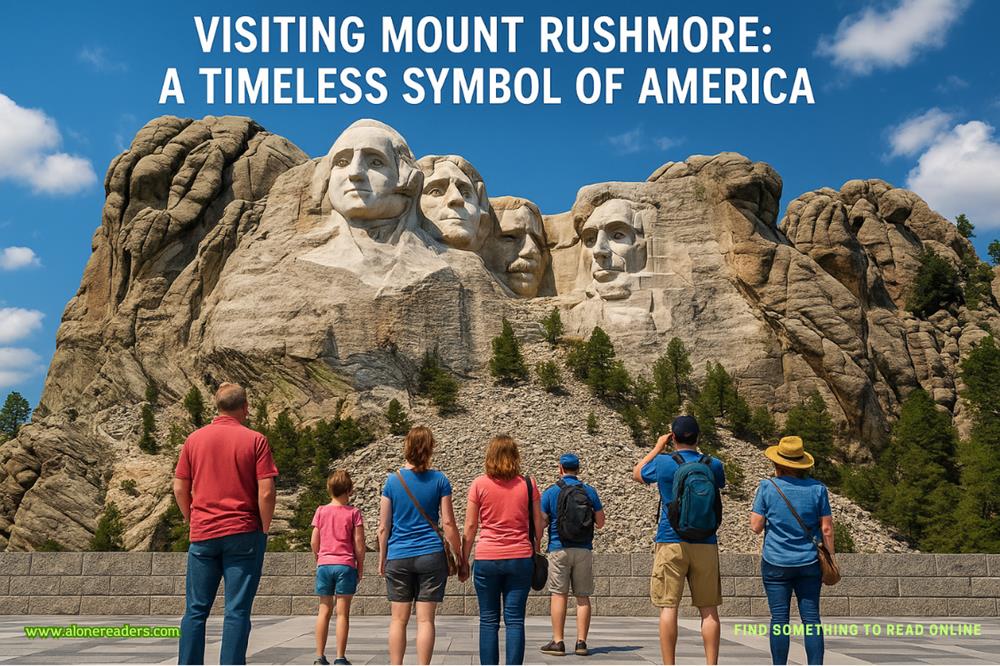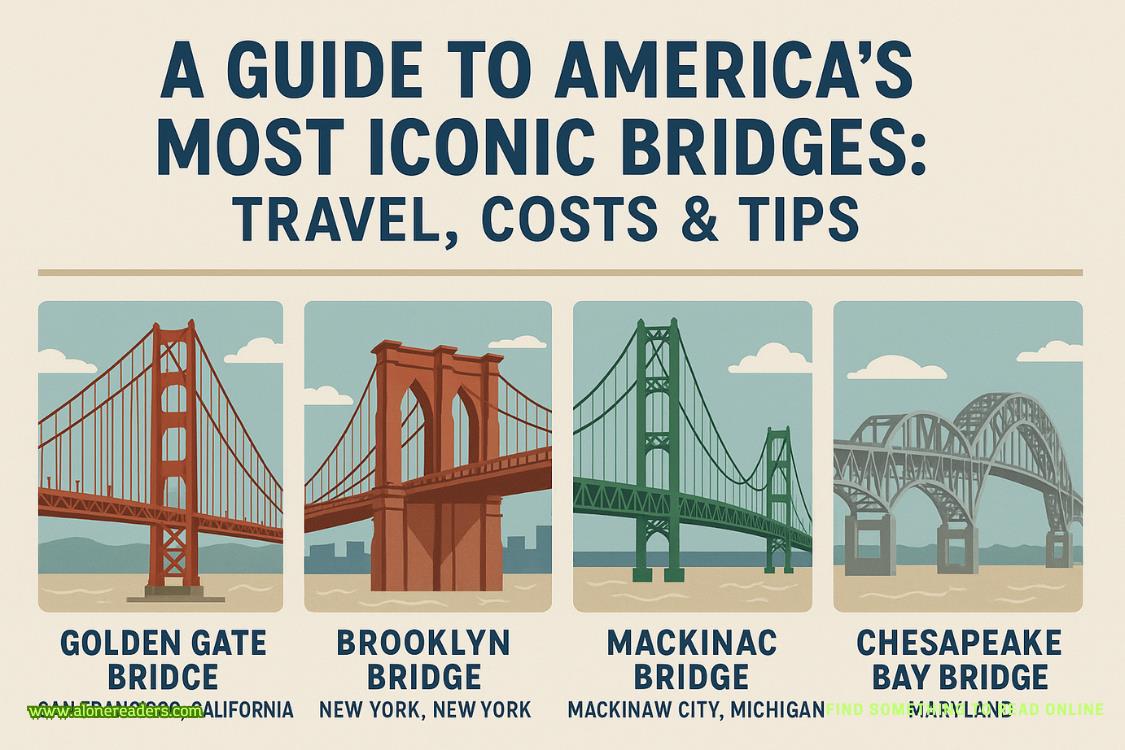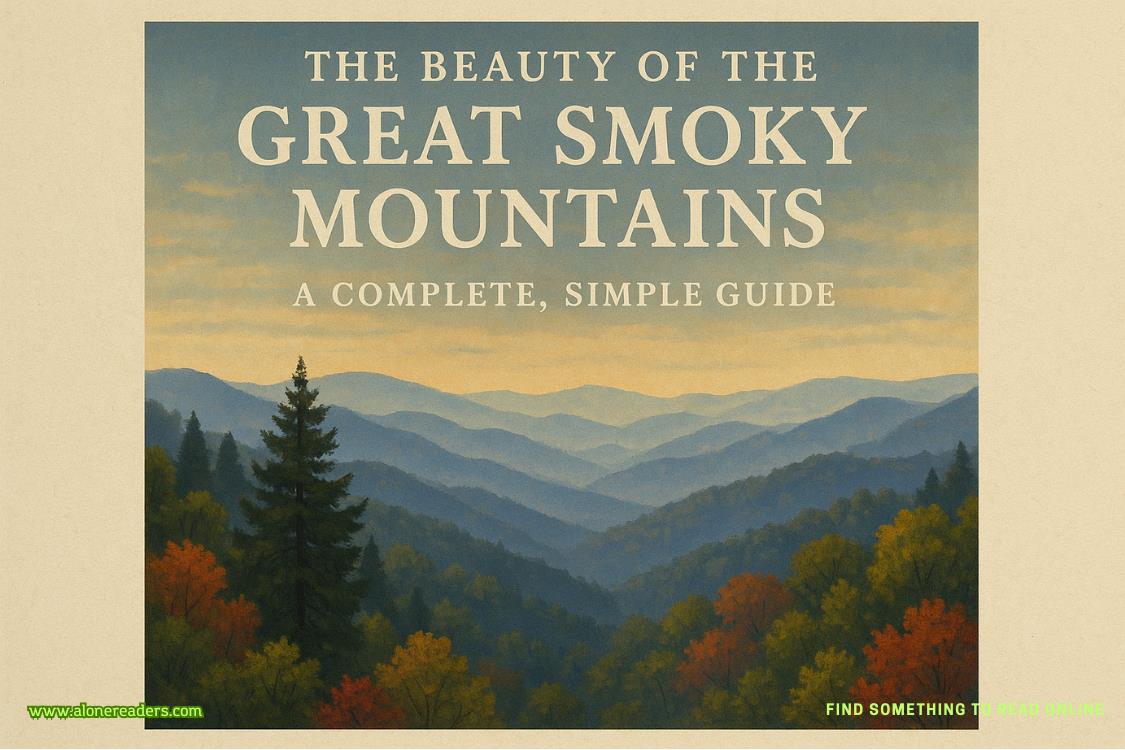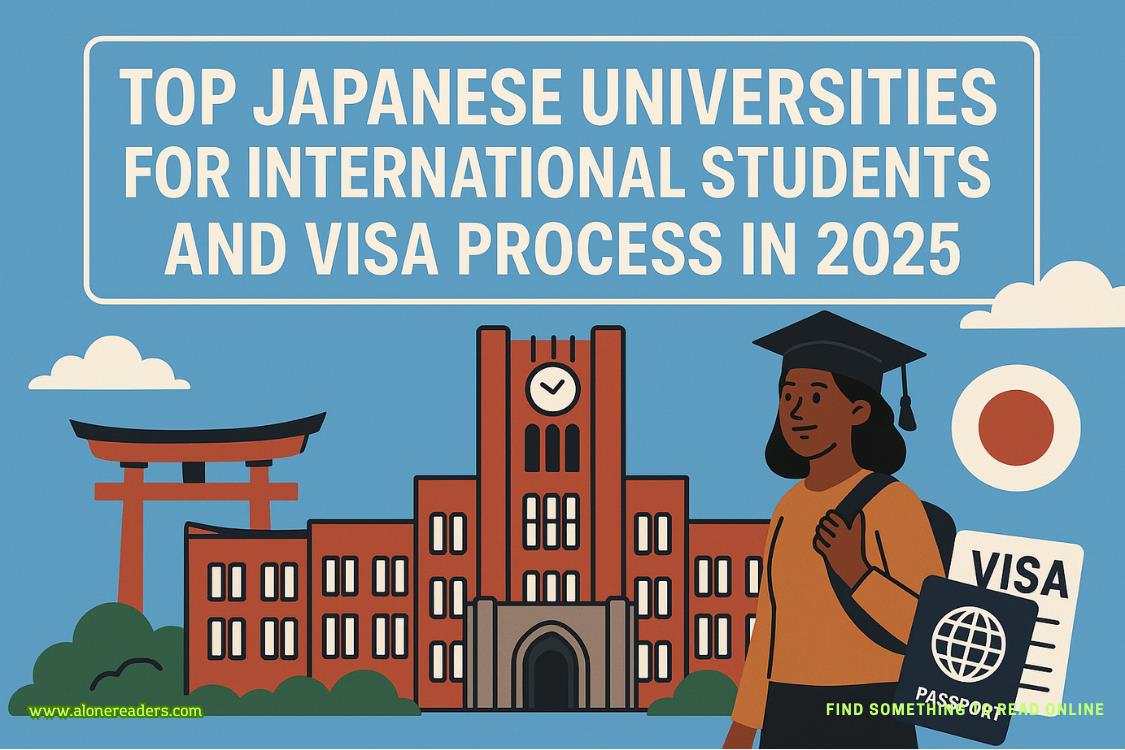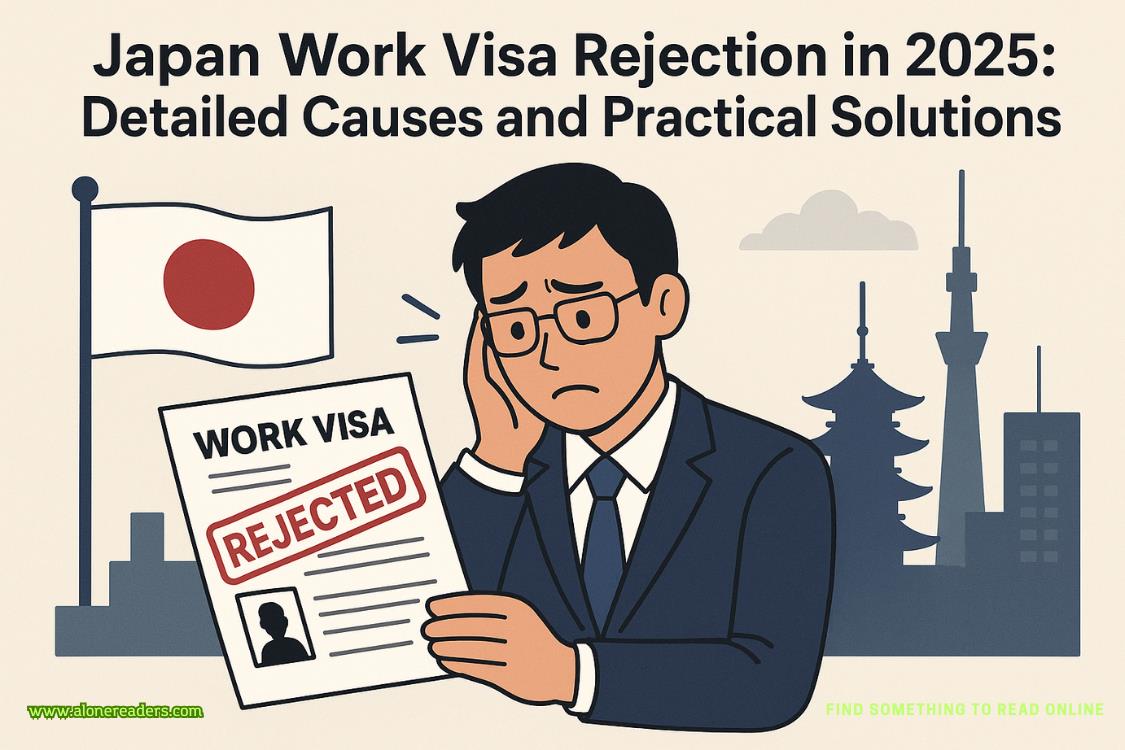Page 5 of Holmes, Margaret and Poe
Sampson headed west toward the river. The police-radio chatter was all about forming a cordon around the airport and the subsequent traffic snarls that were knotting in and around the Fourteenth Street Bridge.
“I don’t know how we’re going to get there or why they called us in,” Sampson said. “And why the FBI? This is NTSB’s show all the way.”
“Unless the plane didn’t crash on its own.”
“I’m not hearing them say that,” he said, gesturing to the radio. “And we’re driving into a mess.”
I put on the AM station WTOP and learned that all air traffic bound for Reagan was being diverted to Dulles International. My cell phone rang: supervising special agent Edward Mahoney, my former partner at the FBI and one of the Bureau’s top crisis managers.
“Ned,” I said, putting him on speaker. “Did you call us in?”
“I did,” he said, panting. He sounded like he was running. “Where are you?”
I told him.
“Don’t go to the bridge,” he said. “It’s a parking lot. Get to the wharf opposite Nationals Park on the Anacostia River. We’ll pick you up in ten minutes.”
He hung up, and Sampson hit the gas.
Five minutes later, John was running out to the wharf, passing the empty slips of the DC Sailing Club; I followed him, although I couldn’t move as quickly, given my recent chest injury. When we reached the water’s edge, a big MPD Harbor Patrol Zodiac-style boat was coming hard up the river at us, searchlights on, blue bubbles flaring but thankfully quiet.
John and I looked beyond the boat, farther down the Anacostia and across the Potomac, and saw wind-whipped flames, the flash of many lights, and a great billowing plume of black smoke rising above the runway’s south end.
“Reminds me of when the Pentagon got hit,” Sampson said. “I thought we were done with that crap.”
“We were. And now we aren’t,” I said.
Mahoney stood in the bow of the approaching police boat, a lean, intense man with a remarkable ability to plan and execute large, complex investigations for the FBI. He was also one of my closest friends, someone I trusted as completely as I trusted Sampson.
I don’t think I’d ever seen Ned as sober or grim as he was when we climbed aboard, joining a team of twenty agents from the FBI, NTSB, and ATF.
“What’s going on?” Sampson said. “We were told it’s a crash.”
“American Airlines flight coming in from West Palm Beach. A hundred plus were on board,” Mahoney said. “They’re searching for survivors. And we’re getting unconfirmed reports of gunfire just before the jet went down.”
“Unconfirmed?” I said as the boat turned and headed toward the Potomac and the airport.
“Affirmative, but something very big definitely exploded right afterward in Gravelly Point Park, off the north end of the runway.”
Sampson said, “I’m calling Willow.”
I said, “She’s safe with Jannie and Nana Mama at my house.”
“Still,” he said and he turned away to phone his young daughter, who was in the care of my eighteen-year-old daughter and ninety-something grandmother. His wife had died a while back, and Willow was his pride and joy.
“Terrorism?” I said to Mahoney.
“Looking that way.”
I said, “You’re running the show?”
“For now. Lucky me.”
I sent a text to my wife, Bree, who used to be chief of detectives for MPD and would know well what my life was about to become: a single-minded, all-consuming search for hard evidence amid the chaos, suspicion, and rumor that was sure to whirl around the hunt for the killer or killers of one hundred innocent people.
As we left the Anacostia and headed into the Potomac, the sky began to weep and drizzle, which made the lights and thefire and that black plume of smoke even more surreal and nightmarish.
Big searchlights slashed the river. Above us and circling around the airport were five helicopters. The one closest to us was from a local television station.
